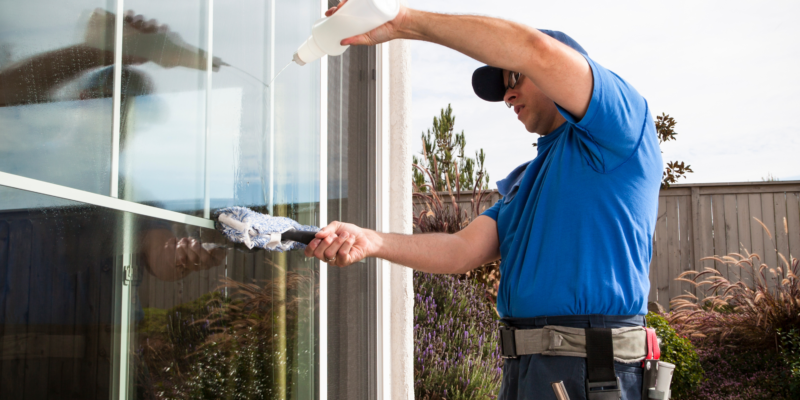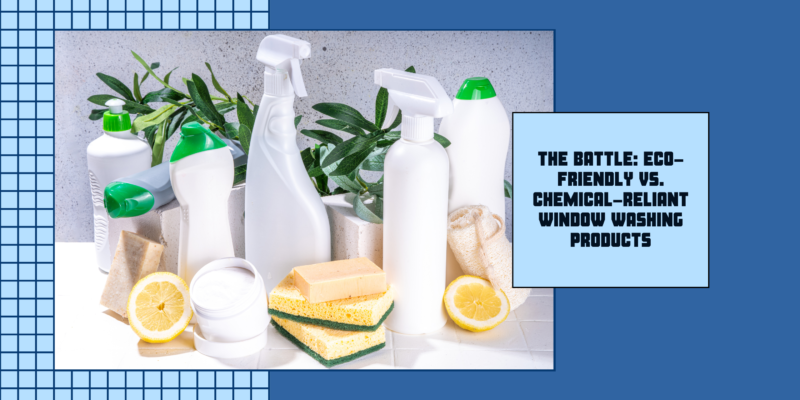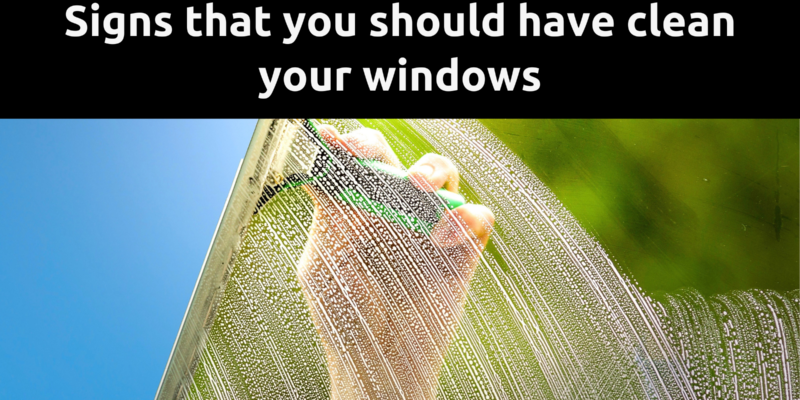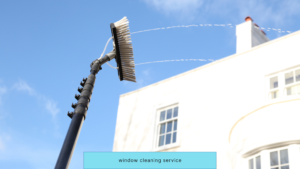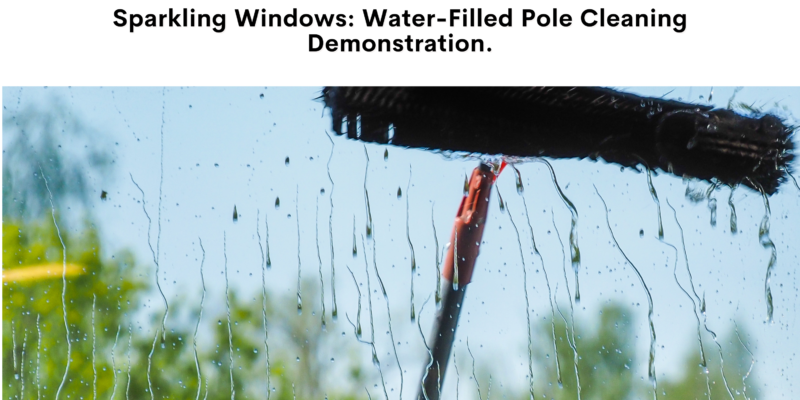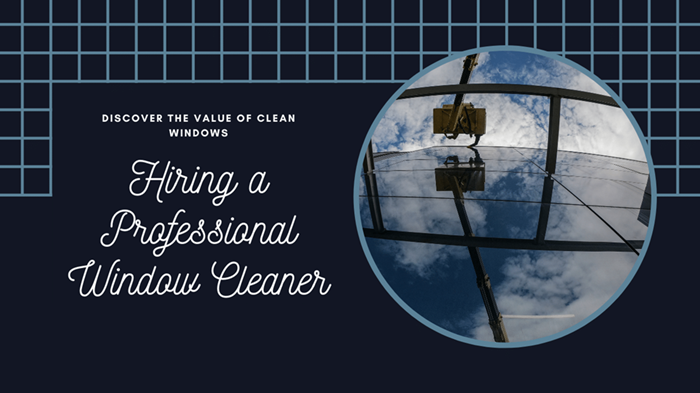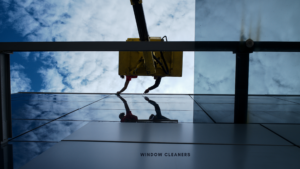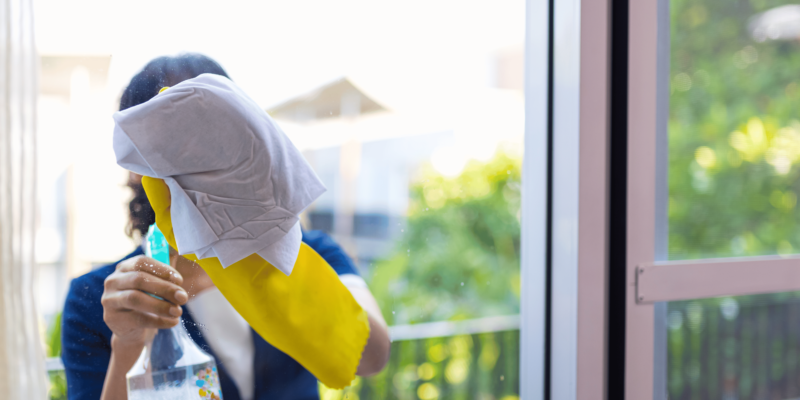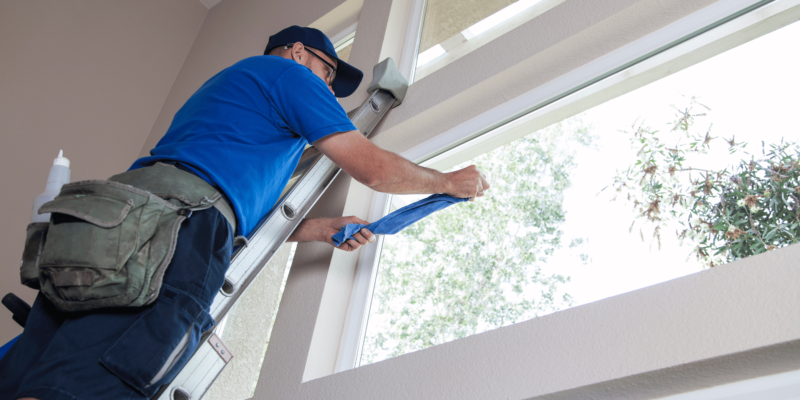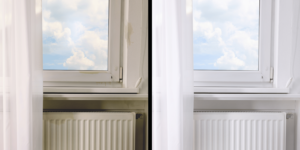Miami is celebrated for its stunning beaches, lively nightlife, and sun-soaked climate, which together present a distinct set of challenges for homeowners, particularly in maintaining clean windows. The high humidity, salty air, and occasional tropical storms can quickly dirty and streak windows. This guide offers a seasonal approach to window cleaning for Miami residents and highlights why Klean Windows Miami is the premier choice for professional window cleaning services in the area.
Spring Refresh: Getting Ready for the Heat
As Miami transitions from the cooler winter months to the warmer spring season, it’s essential to start with a thorough window cleaning. During this time, pollen and other allergens are prevalent, which can accumulate on your windows, causing them to look grimy.
Tips:
Vinegar Magic: Mix equal parts of white vinegar and water in a spray bottle. This natural solution effectively cuts through pollen and other residues.
Timing Matters: Clean your windows in the early morning or late afternoon to avoid direct sunlight, which can cause cleaning solutions to dry too quickly, leaving streaks.
Attention to Detail: Don’t forget to clean window frames and screens, as these areas can also collect pollen and dust.
Summer Strategies: Combating the Elements
Summer in Miami is characterized by intense heat, high humidity, and frequent rainstorms. This combination can make keeping windows clean a daunting task. Regular maintenance is crucial to prevent salt and mineral deposits from etching into the glass.
Tips:
Post-Storm Rinse: After rainstorms, rinse your windows with fresh water to remove salt and other deposits before they can cause damage.
Quality Tools: A high-quality squeegee can help remove excess water and prevent streaks. Make sure to wipe the blade clean after each pass.
Protective Measures: Consider applying a protective coating to your windows to repel water and reduce streaks.
Autumn Preparations: Hurricane Readiness
Fall in Miami means preparing for the potential impact of hurricanes. Ensuring your windows are clean and in good condition can help you spot any cracks or weaknesses that need attention before severe weather hits.
Tips:
Damage Inspection: Thoroughly inspect your windows for any signs of damage that could be exacerbated by strong winds and rain.
Intensive Cleaning: Remove all dirt, grime, and salt build-up from the summer months with a deep clean using a mild detergent and water.
Seal Gaps: Check and seal any gaps or leaks around your windows to prevent water intrusion during storms.
Winter Care: Keeping Clear Visibility
Winter in Miami is relatively mild but can still bring occasional cold fronts and rain. Maintaining your windows during this time ensures they stay clean and clear throughout the season.
Tips:
Cloudy Day Cleans: As in spring, clean your windows on cloudy days to prevent the cleaning solution from drying too quickly.
Microfiber Efficiency: Microfiber cloths are excellent for removing smudges and fingerprints without leaving lint behind.
Regular Dusting: Dust your windows and sills regularly to keep them looking fresh and prevent build-up.
Why Klean Windows Miami is the Ultimate Choice
When it comes to professional window cleaning services in Miami, Klean Windows Miami stands out as the top choice for several reasons:
Expertise and Experience: With years of experience in the industry, the team at Klean Windows Miami understands the unique challenges posed by Miami’s climate. Their expertise ensures that your windows receive the best care possible, regardless of the season.
State-of-the-Art Techniques: They use state-of-the-art equipment and techniques to provide a streak-free, crystal-clear finish. Their use of professional-grade squeegees, cleaning solutions, and water-fed poles ensures superior results every time.
Eco-Friendly Solutions: Klean Windows Miami is committed to protecting the environment. They use eco-friendly cleaning solutions that are safe for your home and the planet, without compromising on effectiveness.
Comprehensive Services: From residential to commercial properties, Klean Windows Miami offers a full range of services, including window washing, screen cleaning, and frame cleaning. Their comprehensive approach ensures that every aspect of your windows is taken care of.
Customer Satisfaction: Their dedication to customer satisfaction is evident in their glowing reviews and repeat clientele. Klean Windows Miami goes above and beyond to ensure that every customer is happy with their service, providing a satisfaction guarantee with every job.
Flexible Scheduling: Understanding the busy lives of Miami residents, they offer flexible scheduling options to fit your needs. Whether you need a one-time clean or regular maintenance, they can accommodate your schedule.
Conclusion
Maintaining clean windows in Miami requires regular attention and the right techniques to combat the elements. By following these seasonal tips and enlisting the help of professionals like Klean Windows Miami, you can ensure that your windows remain spotless and beautiful year-round. Their expertise, commitment to quality, and exceptional customer service make them the go-to choice for all your window cleaning needs in Miami.



